what are the three levels of palliative care
Levels of palliative care specialisation. Palliative care is for people of any age.
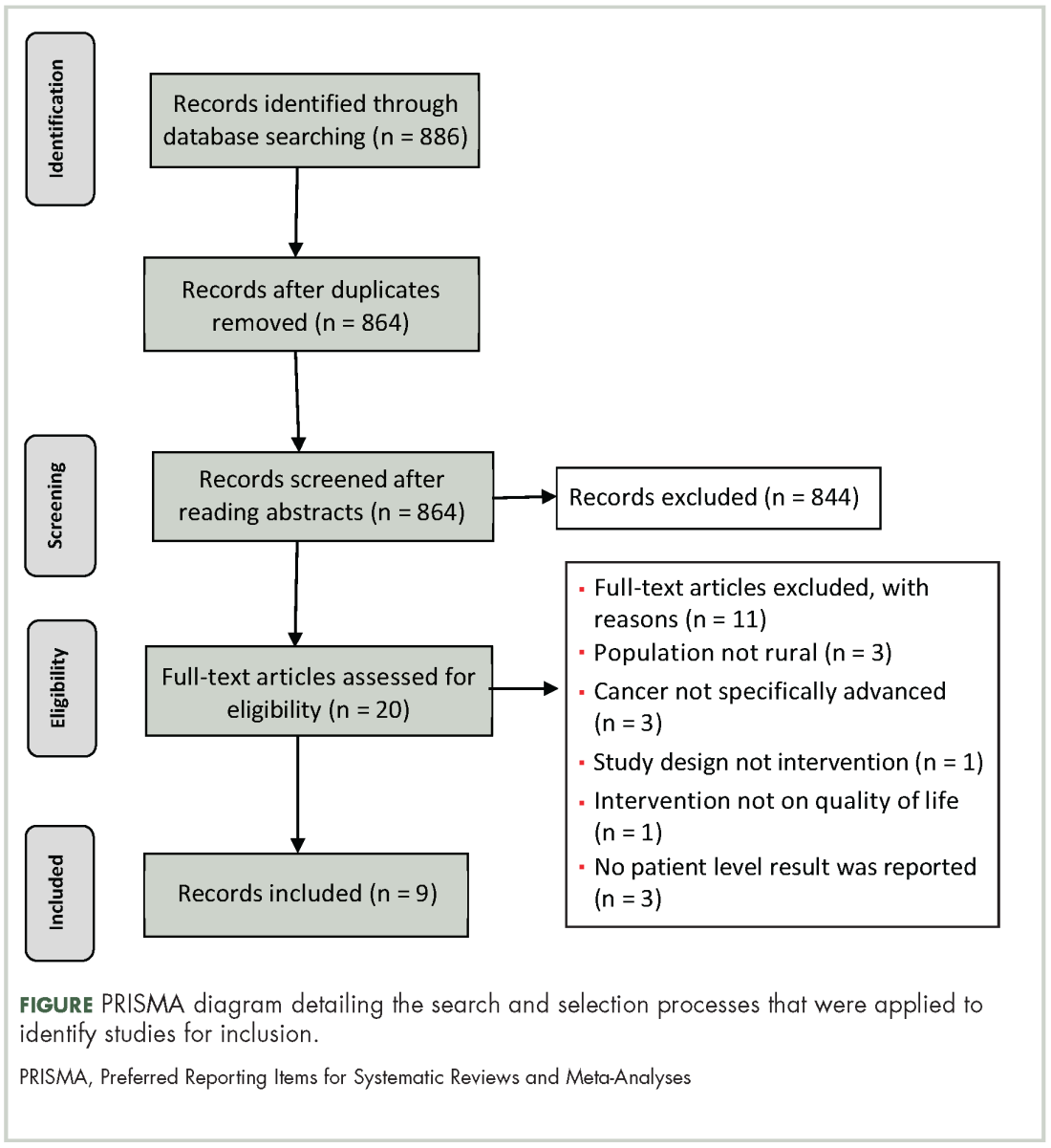
Palliative And Supportive Interventions To Improve Patient Reported Outcomes In Rural Residents With Cancer Journal Of Clinical Outcomes Management
This type of care aims.
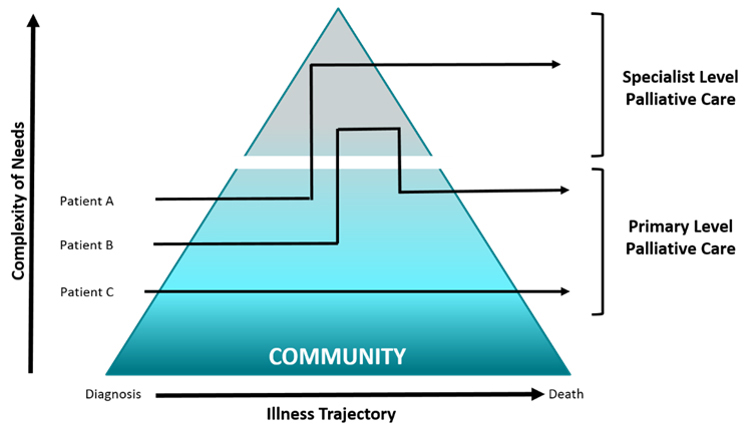
. The patient and their family will work closely. PCOC palliative care phases. Palliative care services in Ireland are organized into three tiers of increasing specialization.
Palliative care is for people of any age who have been diagnosed with a serious illness that cannot be cured. Palliative care provision is the responsibility of the whole healthcare team and uses a team approach to planning and providing care tailored to meet the. The first phase of palliative care involves designing and creating a treatment plan suitable for the patients specific condition.
The PDQ supportive and palliative care information summaries provide descriptions of the pathophysiology and treatment of common physical and. Palliative care is an approach that improves the quality of life of patients adults and children and their families who are facing problems associated with life-threatening. Patient problems and symptoms are adequately controlled by an established plan.
The palliative care method. Level three Specialist Palliative Care. The 4 palliative care patient phases are.
The four levels of hospice defined by Medicare are routine home care continuous home care general hospital care and temporary care. Palliative care is for anyone living with chronic diseases or life-limiting illnesses. Palliative care is specialized medical care that focuses on providing patients relief from pain and other symptoms of a serious illness no matter the diagnosis or stage of.
A hospice patient may experience all. Palliative care helps people live as fully and as comfortably as possible with a life-limiting illness. It can be provided in.
Palliative Care Approach Level 1. These are illnesses that cant be cured such as cancer chronic kidney disease lung disease or dementia. SPC services are those services whose core activity is limited to the provisional of palliative care The Report recommended that in each region.
This includes children and young people adults and the elderly. Palliative care is holistic care that focuses on relieving pain and other symptoms when you have a serious illness regardless of age diagnosis or stage of illness.

Palliative Care Development In European Care Homes And Nursing Homes Application Of A Typology Of Implementation Journal Of The American Medical Directors Association

Attending To The Mental Suffering Of Patients With Progressive Medical Illness

Hospice Palliative Care What Health Care Professionals Need To Know

Early Initiation Of Pediatric Palliative Care Sciencedirect

Palliative Care Principles Primary Care Physicians Should Know
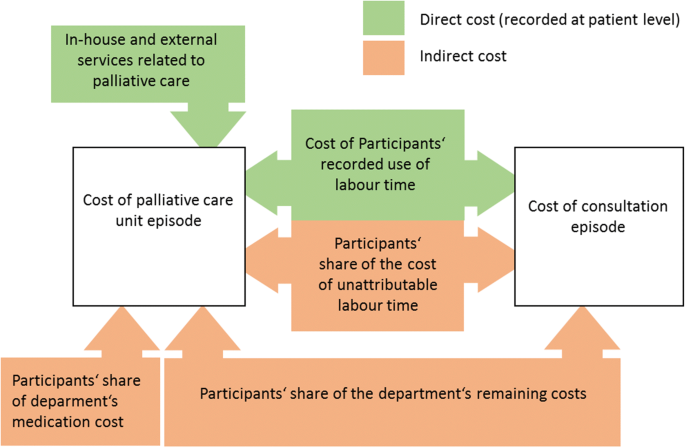
A Pilot Study On Patient Related Costs And Factors Associated With The Cost Of Specialist Palliative Care In The Hospital First Steps Towards A Patient Classification System In Germany Cost Effectiveness And
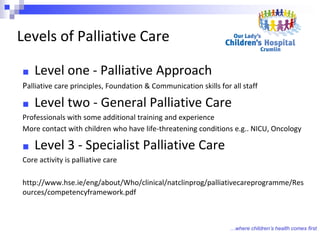
Overview Of The Palliative Care Service At Our Lady S Children S Hos

Palliative Care What It Is Examples Benefits More

A State Level Assessment Of Hospital Based Palliative Care And The Use Of Life Sustaining Therapies In The United States Journal Of Palliative Medicine

Integration Of Oncology And Palliative Care A Lancet Oncology Commission The Lancet Oncology
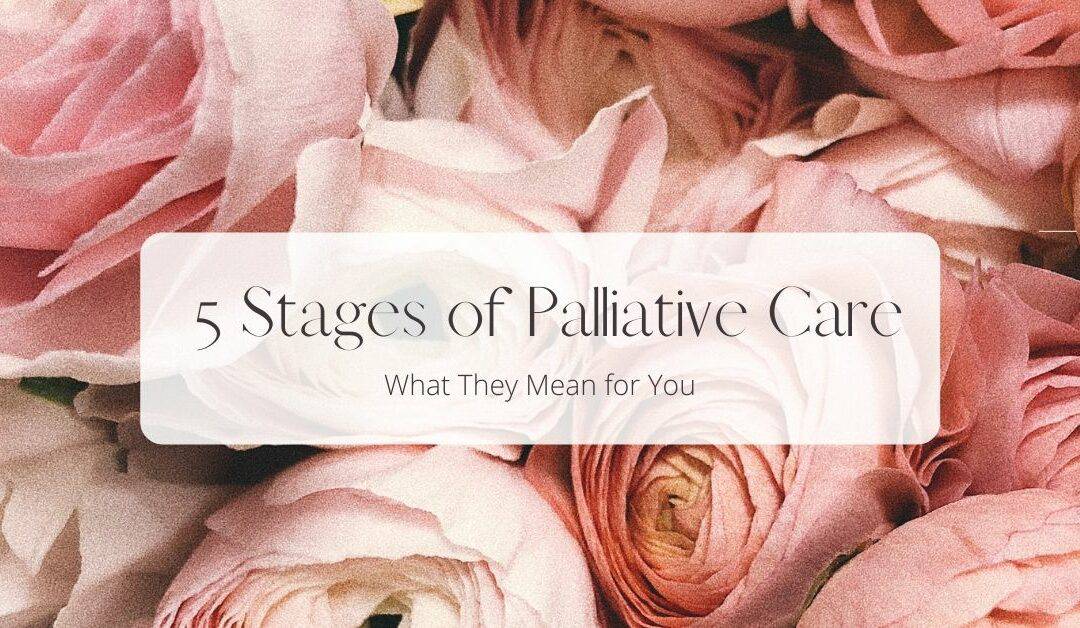
5 Stages Of Palliative Care What They Mean For You Funeral Cremation
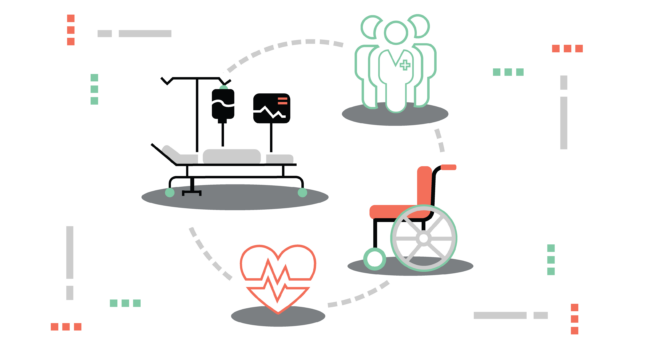
Advancing The Economics Of Palliative Care The Value To Individuals And Families Organizations And Society Usc Schaeffer

Mapping Levels Of Palliative Care Development In 198 Countries The Situation In 2017 Journal Of Pain And Symptom Management

Developing A Costing Framework For Palliative Care Services Sciencedirect

Hospice Care And The Emergency Department Rules Regulations And Referrals Annals Of Emergency Medicine
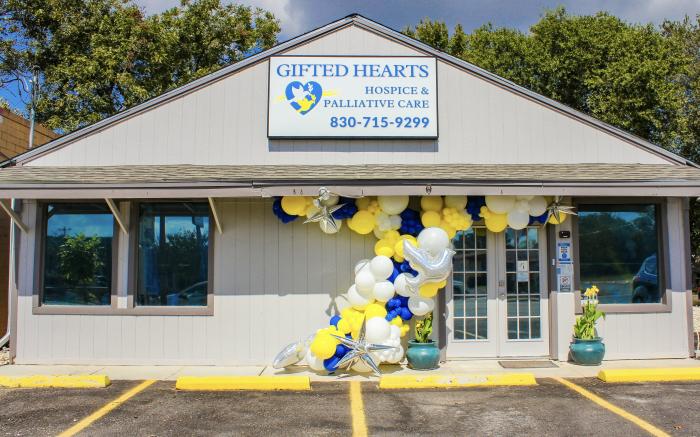
Level Three Hospice General Inpatient Care

Palliative Care In Norway A National Public Health Model Journal Of Pain And Symptom Management

